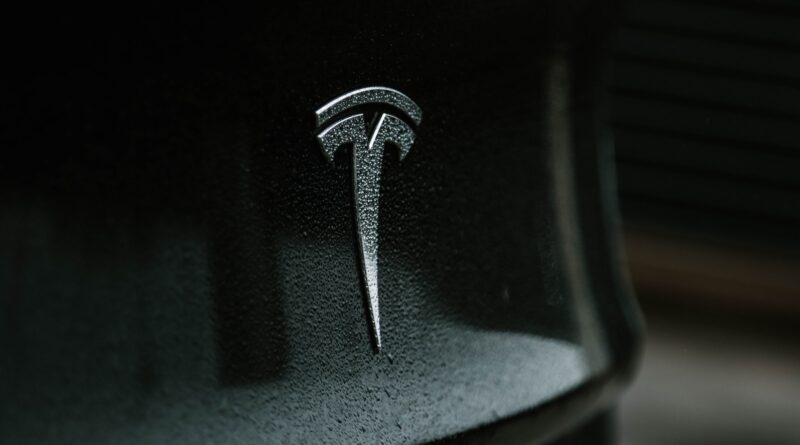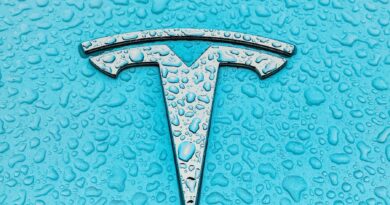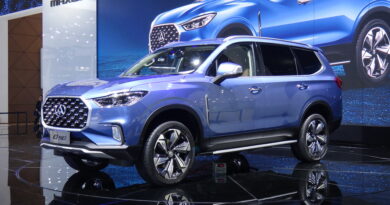How Tesla Led the Charge in Electric Car Production: A Look at Their Journey
Tesla was founded in 2003 by a group of engineers who were passionate about electric cars and renewable energy. The company’s co-founder and CEO, Elon Musk, was one of the early investors in the company and has played a key role in its success.
Tesla’s first vehicle was the Tesla Roadster, which was introduced in 2008. The Roadster was based on the Lotus Elise and was the first production electric vehicle to use lithium-ion battery cells. It had a range of 245 miles per charge, which was a significant improvement over earlier electric cars.
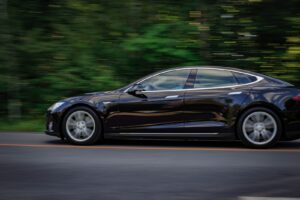 In 2012, Tesla launched its second vehicle, the Model S sedan, which was designed from the ground up as an electric car. The Model S quickly became popular among electric car enthusiasts and won numerous awards for its performance, safety, and design.
In 2012, Tesla launched its second vehicle, the Model S sedan, which was designed from the ground up as an electric car. The Model S quickly became popular among electric car enthusiasts and won numerous awards for its performance, safety, and design.
Since then, Tesla has continued to expand its lineup with new vehicles, including the Model X SUV, the Model 3 sedan, the Model Y crossover, and the Cybertruck. The company has also developed advanced technologies for electric vehicles, such as its Supercharger network, which allows Tesla owners to recharge their cars quickly and conveniently on long trips.
After the success of the Roadster, Tesla set its sights on creating a more affordable electric car that could appeal to a wider audience. This led to the development of the Model S sedan, which was designed to be a luxury car that could compete with high-end gasoline-powered vehicles.
One of the key features of the Model S was its large battery pack, which gave it a range of up to 265 miles on a single charge. The Model S also had a sleek, modern design and was packed with advanced features such as a large touchscreen display and a suite of advanced driver-assistance technologies.
In 2015, Tesla introduced the Model X, which was the company’s first SUV. Like the Model S, the Model X was designed to be a luxury vehicle with impressive performance and features. It had a unique falcon-wing door design that made it stand out from other SUVs, as well as a range of up to 295 miles per charge.
The Model 3 was introduced in 2017 and was positioned as Tesla’s entry-level vehicle. It was designed to be more affordable than the Model S and Model X, with a starting price of around $35,000. Despite some production challenges in the early days, the Model 3 quickly became one of the best-selling electric cars in the world.
Tesla has also entered the pickup truck market with the Cybertruck, which was announced in 2019. The Cybertruck has a futuristic design that is unlike anything else on the market, and is expected to offer impressive performance and range.
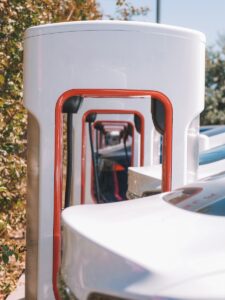 In addition to its vehicles, Tesla has also developed advanced technologies for electric cars, such as its Supercharger network. The Supercharger network consists of high-speed charging stations that allow Tesla owners to quickly recharge their cars on long trips. Tesla has also been working on developing self-driving technology, and has made significant progress in this area with its Autopilot system.
In addition to its vehicles, Tesla has also developed advanced technologies for electric cars, such as its Supercharger network. The Supercharger network consists of high-speed charging stations that allow Tesla owners to quickly recharge their cars on long trips. Tesla has also been working on developing self-driving technology, and has made significant progress in this area with its Autopilot system.

